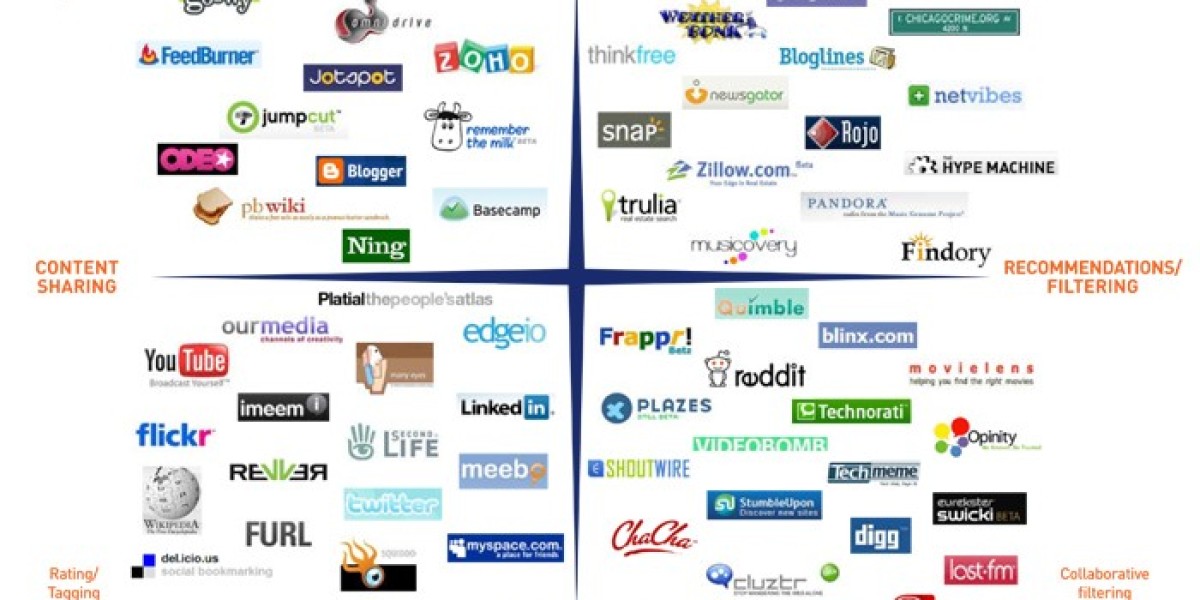Recycling ferrous metals has long been a cornerstone of the global scrap industry, and with sustainability becoming a priority worldwide, the spotlight on this market continues to grow. Whether you're a scrapyard owner, a construction contractor, or just someone with a pile of old appliances in the garage, understanding ferrous metal recycling prices can help you make smarter decisions.
As of 2025, the market for ferrous scrap is dynamic—shaped by global demand, transportation costs, local supply, and economic factors. Let’s take a deeper dive into the current trends, price influences, and what the future might hold.
What Are Ferrous Metals?
Ferrous metals are those that contain iron. The most common examples include:
Steel
Cast iron
Wrought iron
Carbon steel and alloy steel
These metals are used widely in construction, manufacturing, and consumer goods. Their magnetic properties and strength make them ideal for structural applications. Unlike non-ferrous metals like copper or aluminum, ferrous metals tend to corrode if not treated, but they’re highly recyclable, making them valuable in the circular economy.
Current Ferrous Metal Prices (2025 Snapshot)
Prices for ferrous scrap metal are usually quoted per ton and vary based on the type and grade of metal. As of early 2025, here’s a rough range seen across North America:
Shredded steel scrap: $320 - $380/ton
Heavy melting steel (HMS #1): $300 - $350/ton
Cast iron scrap: $280 - $340/ton
Busheling (prime scrap): $400 - $450/ton
Prices fluctuate monthly (and sometimes weekly) depending on demand and regional factors. Areas with easy access to ports or steel mills often see better rates due to lower transportation costs.
What Affects Ferrous Metal Recycling Prices?
Several key factors influence the price of ferrous metals on the scrap market:
1. Global Steel Demand
Since recycled ferrous metals are used to produce new steel, demand from industries like construction, automotive, and infrastructure has a big impact. If steel production rises, scrap prices go up. If factories slow down, prices drop.
2. Export Market
Countries like Turkey, India, and Bangladesh are major buyers of U.S. scrap. When these countries increase their imports, domestic scrap prices can rise. Conversely, if shipping is disrupted or foreign demand dips, prices can fall sharply.
3. Fuel and Transportation Costs
Hauling heavy scrap requires trucks, rail, or shipping containers. Higher fuel prices mean higher overhead costs, which can impact what scrap yards are willing to pay sellers.
4. Seasonal Changes
Winter weather can slow down scrap collection and processing, reducing supply. Construction activity also tends to pick up in warmer months, increasing demand for steel—and therefore scrap.
5. Government Policies and Tariffs
Trade policies, tariffs on steel, or environmental regulations can all shift the balance of supply and demand, affecting ferrous scrap prices both at home and abroad.
Ferrous vs. Non-Ferrous Scrap Value
While ferrous metals are more commonly found and recycled in higher volumes, they usually fetch lower prices than non-ferrous metals like copper, brass, or aluminum. That’s because ferrous scrap is heavier, more abundant, and less costly to mine and produce. However, due to the sheer volume and industrial importance, ferrous recycling is a vital part of the scrap economy.
Where to Sell Ferrous Scrap
If you're looking to recycle ferrous metals, there are several places you can go:
Local scrapyards – Often the best and most accessible option for small to mid-size loads.
Industrial recycling companies – Ideal for construction or demolition businesses with bulk quantities.
Mobile scrap collectors – Some services offer pick-up for large items like appliances or auto parts.
Always call ahead to check rates, ask about requirements (like cleaning or separating metals), and confirm if they pay by weight or by type.
Tips to Maximize Your Profit
Sort your scrap. Separate ferrous from non-ferrous metals and clean off contaminants like plastic or rubber.
Use a magnet. A quick way to identify ferrous metals—if it sticks, it's ferrous.
Stay updated. Watch price trends online or through scrap market newsletters.
Build relationships. Loyal sellers sometimes get better rates or perks from local yards.
The Future of Ferrous Scrap Recycling
With growing emphasis on sustainability and circular economy practices, the future for ferrous metal recycling looks strong. Countries are investing in green steel production methods that rely more heavily on recycled input. As electric vehicles and renewable energy infrastructure expand, the demand for steel—and therefore ferrous scrap—is likely to increase.
Moreover, the use of AI and automation in scrap sorting is improving efficiency, which could help stabilize prices and increase margins for recyclers.
Final Thoughts
Ferrous metal recycling prices may not be sky-high compared to non-ferrous, but they’re an essential part of the recycling economy. Staying informed about pricing trends and understanding what drives those changes can help individuals and businesses alike get the best value for their scrap.
Whether you’re cleaning out your garage or running a demolition site, knowing when and where to sell your ferrous metals can make a real difference in your returns. With the right knowledge and timing, even "scrap" can become a valuable resource.









